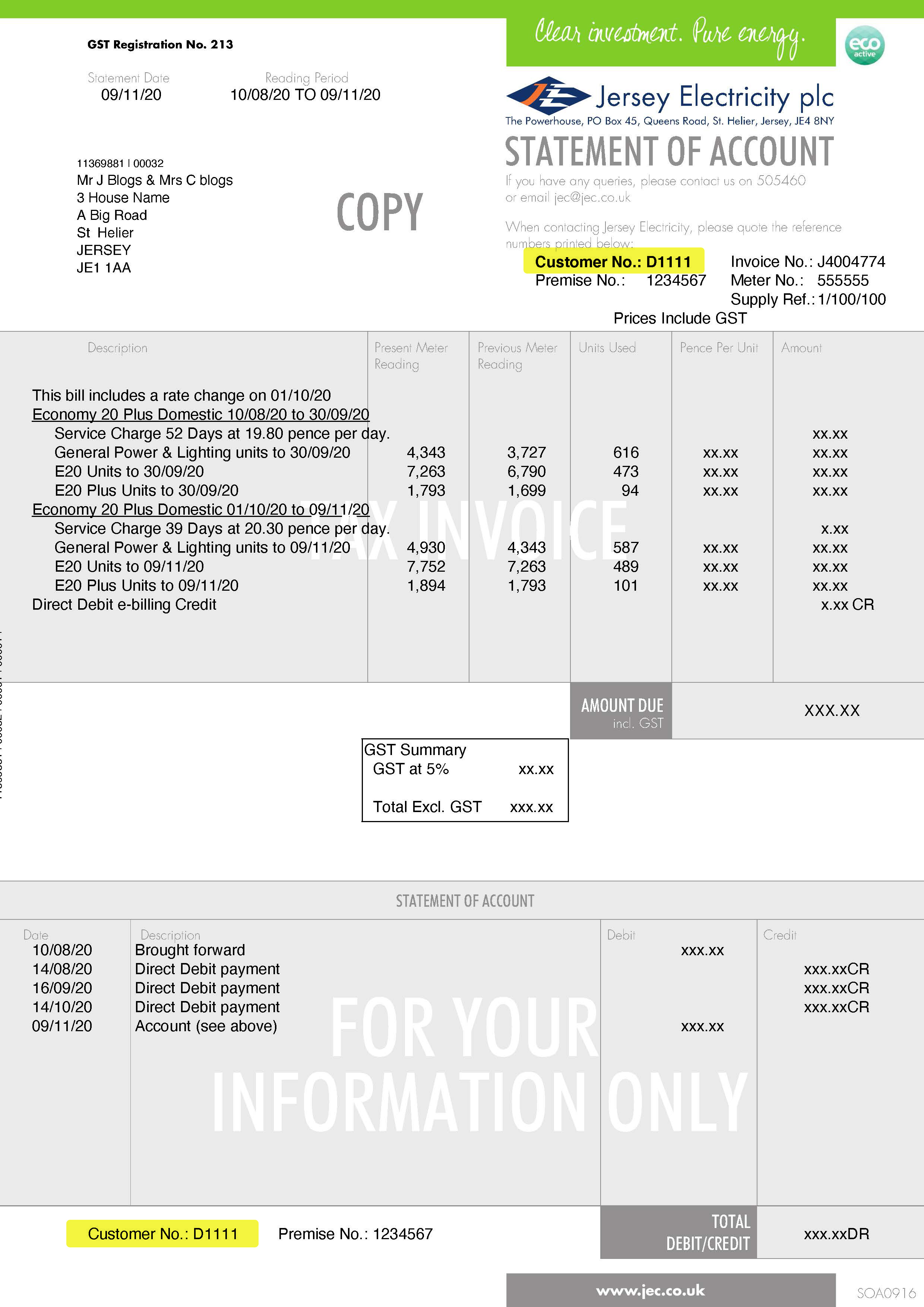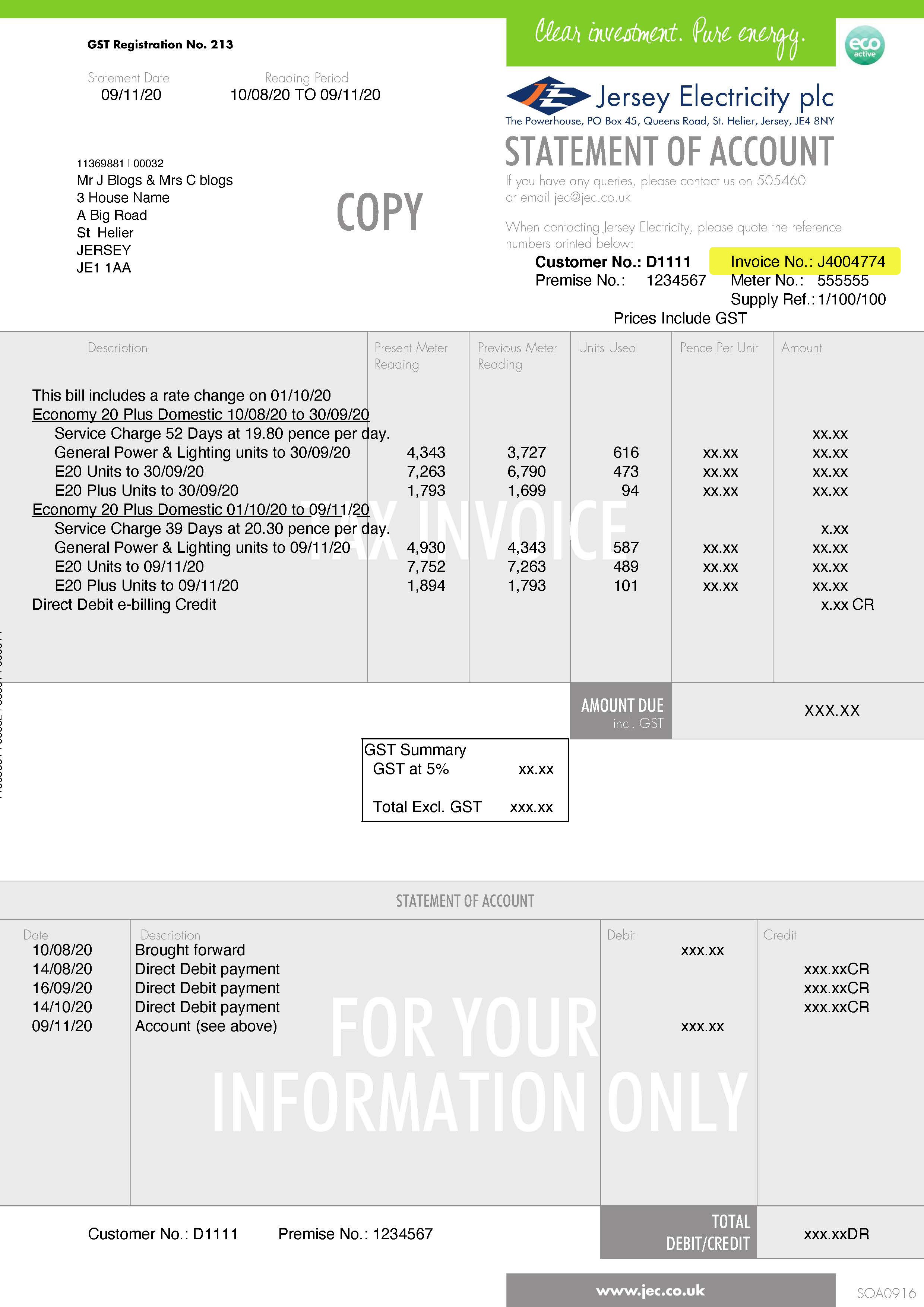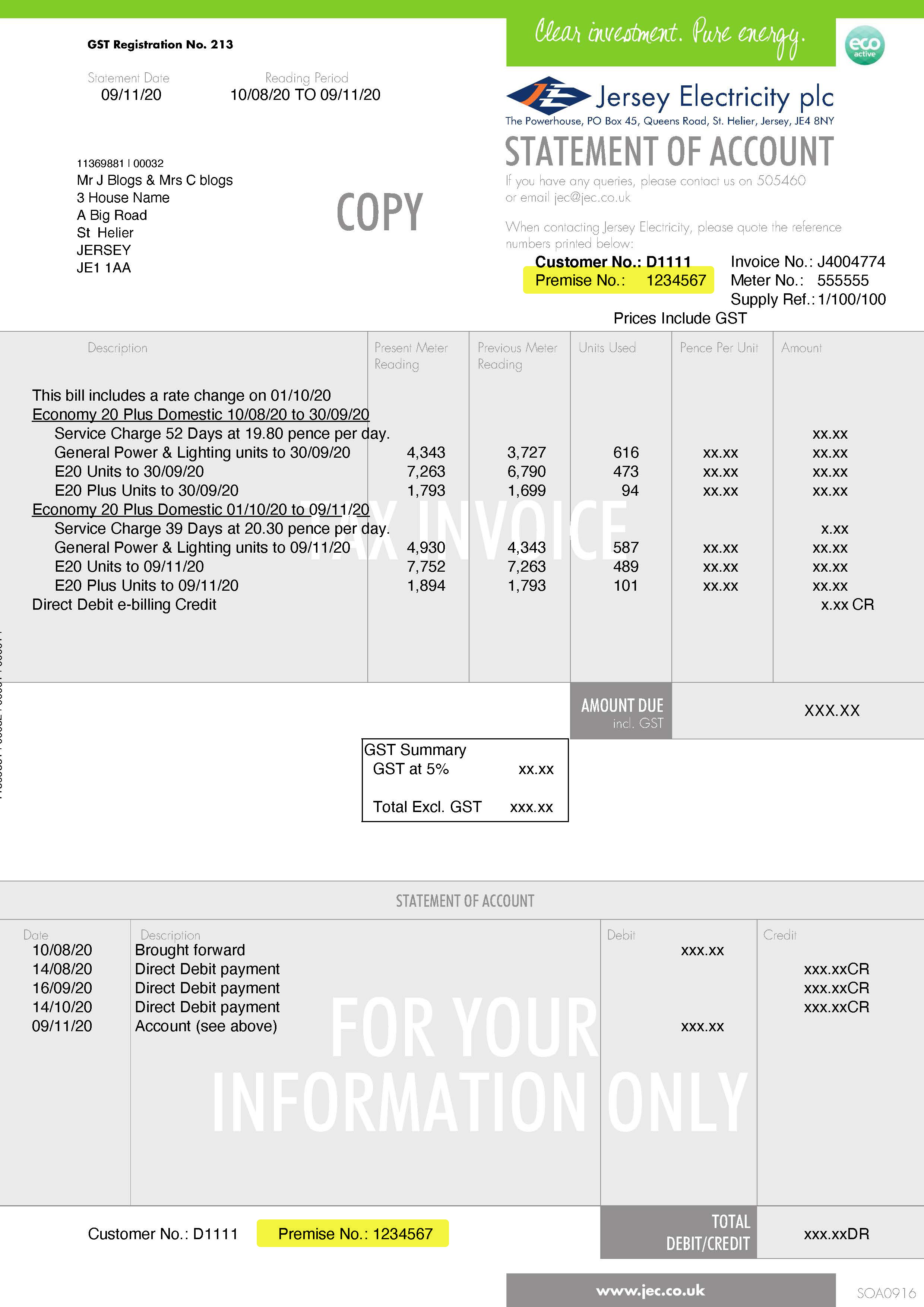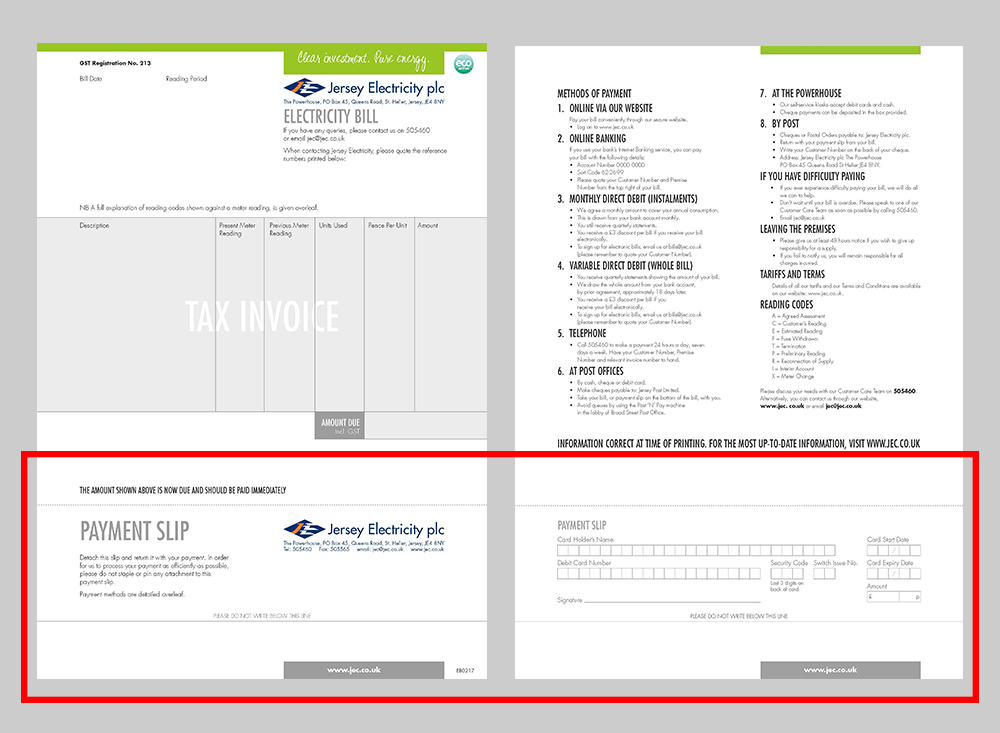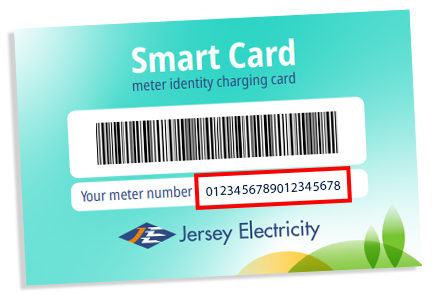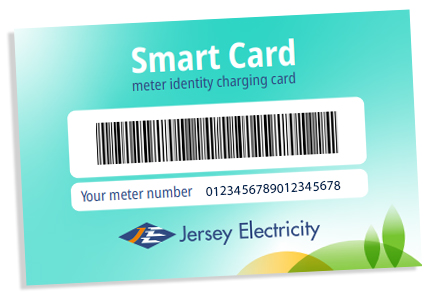
The project in a nutshell
Normandie 1 (N1) is the £30m replacement for our original French supply cable EDF1. N1 took four years from Board approval to completion.
The cable was laid along the same 27km route as EDF1 from Surville, Normandy, to Archirondel and it began importing low-carbon power in December 2016.
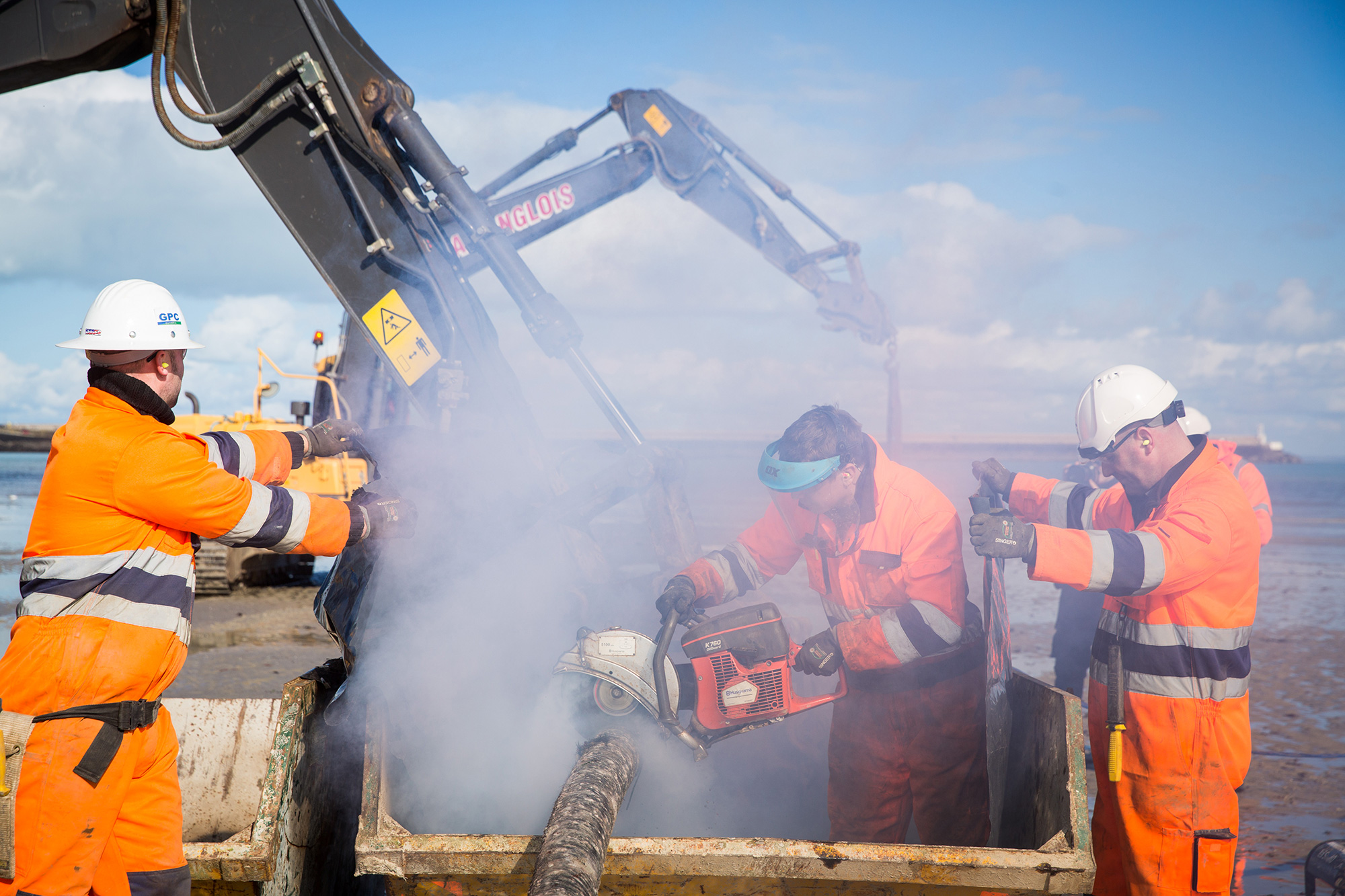
June 2012 - EDF1 ends its working life
In June 2012, our 55MW EDF1 cable came to the end of its working life, and the Board approved a project to replace it with a new 100MW undersea cable. It would be called Normandie 1.
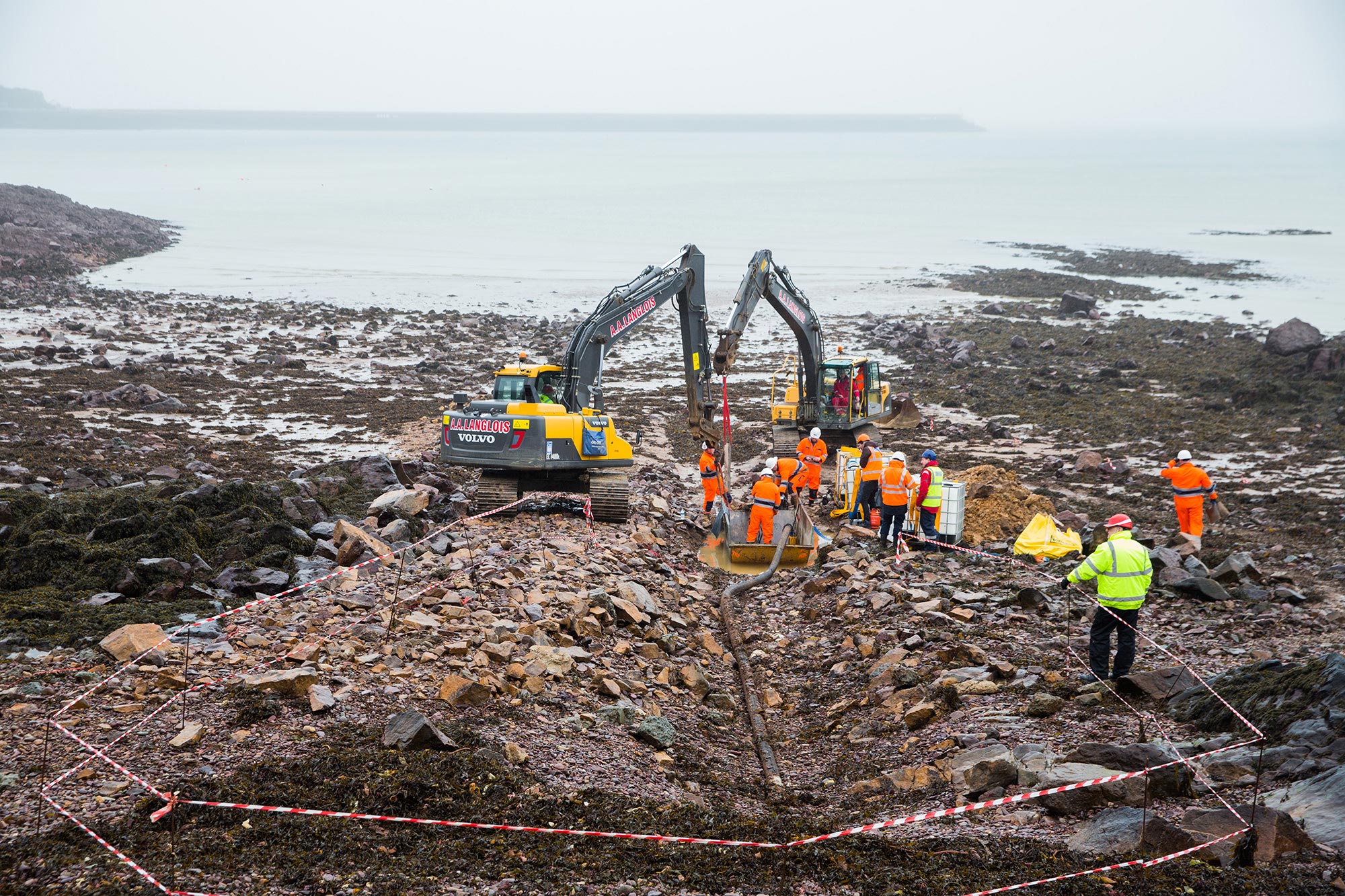
March 2016 - EDF1 recovery
In March 2016 we began work to recover the old cable from the seabed safely. GPC of Cumbria worked in the windows of low tide to excavate EDF1 from the beaches on both sides of The Channel.
Hughes Sub Surface Engineering then deployed the multi-cat MC Ailsa to recover EDF1 from shallow waters before using the Atlantic Carrier along the remainder of the route.
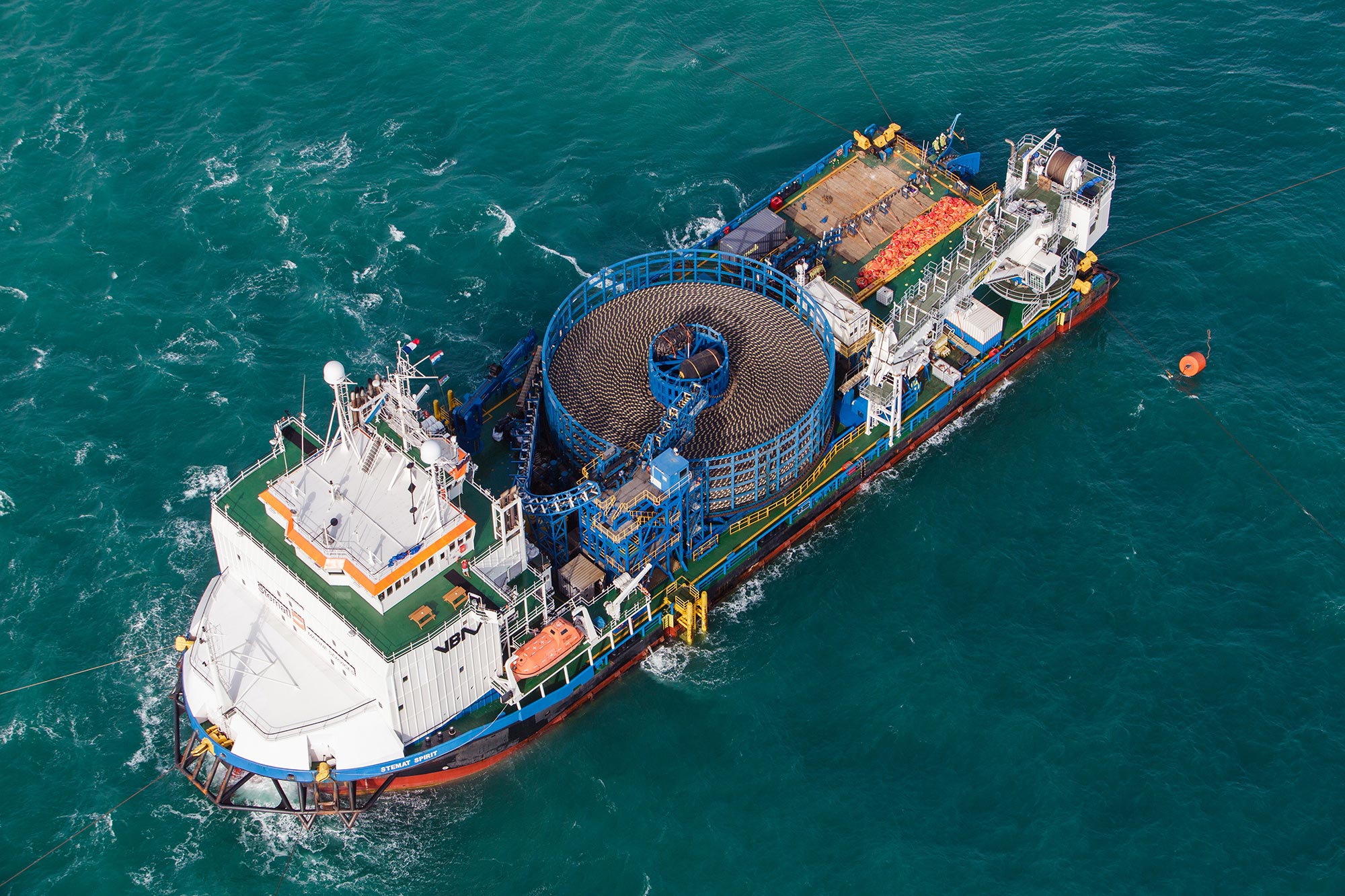
July 2016 - Preparing for the new cable
In July 2016 the new N1 was 'loaded out' of Prysmian Powerlink's Naples factory on to the cable-laying vessel Stemat Spirit which set sail for France.
We contracted Dutch specialists VBMS to install N1. The operation included two complex landfalls in difficult tidal conditions.
In France, VBMS performed a 300-metre horizontal drill under the dunes followed by the installation of the cable through a rocky gulley.
At Archirondel, the landfall was by means of ‘float-out’ and ‘direct pull-in’ into the onshore substation.
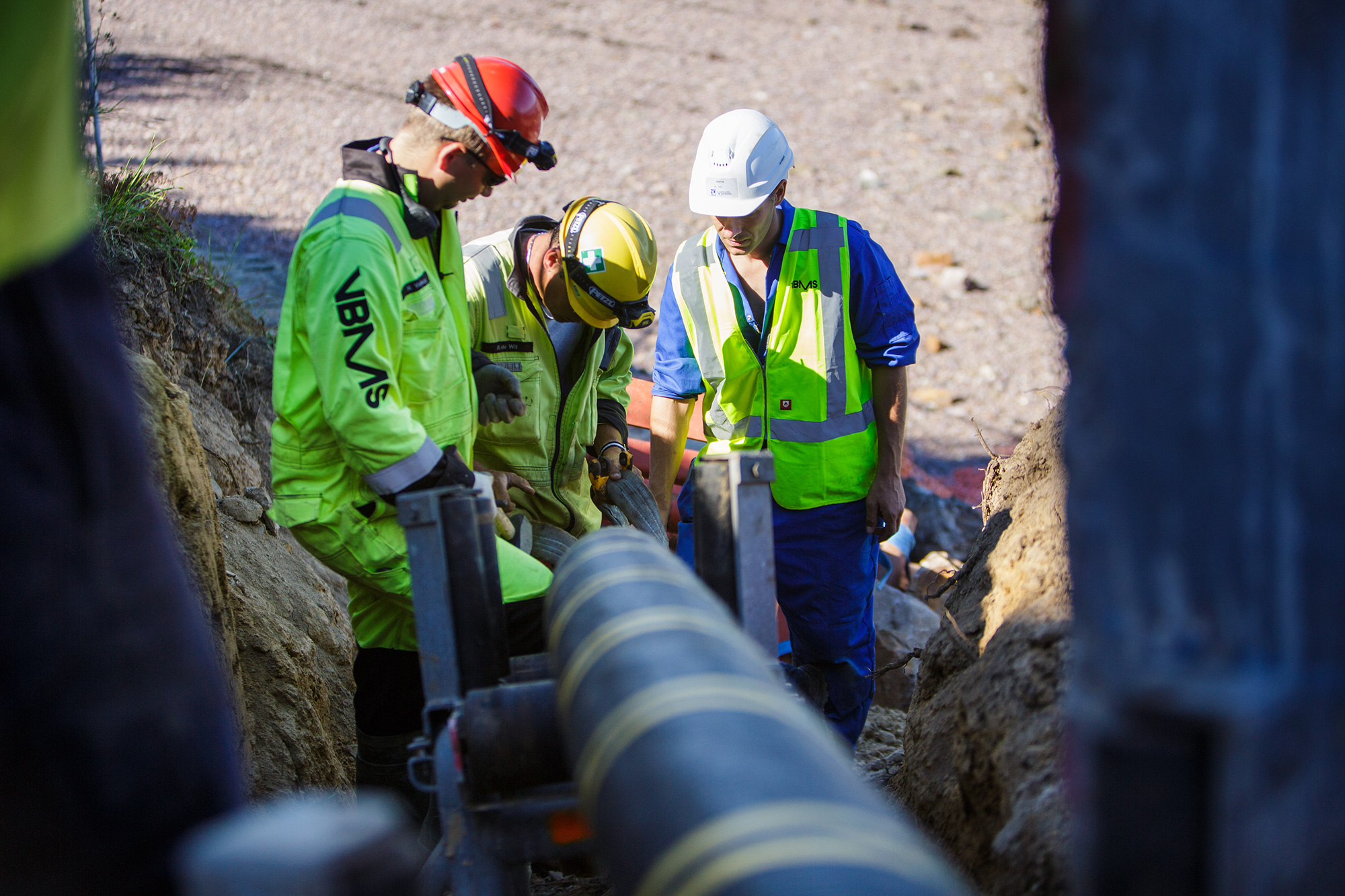
August 2016 - Landing the N1 cable
VBMS landed the cable at Surville during three two-hour low tidal windows before heading for Jersey at the rate of 10 metres a minute.
On land, N1 was pulled through to the RTE joint bay where it connected to a new 2km land cable that runs to St Remy des Landes and connected to the French Grid.
Six days after leaving Surville, Stemat Spirit eased into St Catherine’s Bay on the rising tide of Monday 15 August to offload the cable in Jersey.
The crew marked the cable with 126 buoys ready to re-float it later in the week for the beach landing operation and ‘pull in’ to Archirondel substation by VBMS.
With around 60 metres to spare, VBMs cut the cable and positioned it for connection to the existing substation switchgear by jointers from Prysmian.
Norwegian company Seatrench buried 1km of cable beneath the seabed, while, higher up, towards the sea wall, the rocky trench was filled and the sea wall reinstated.
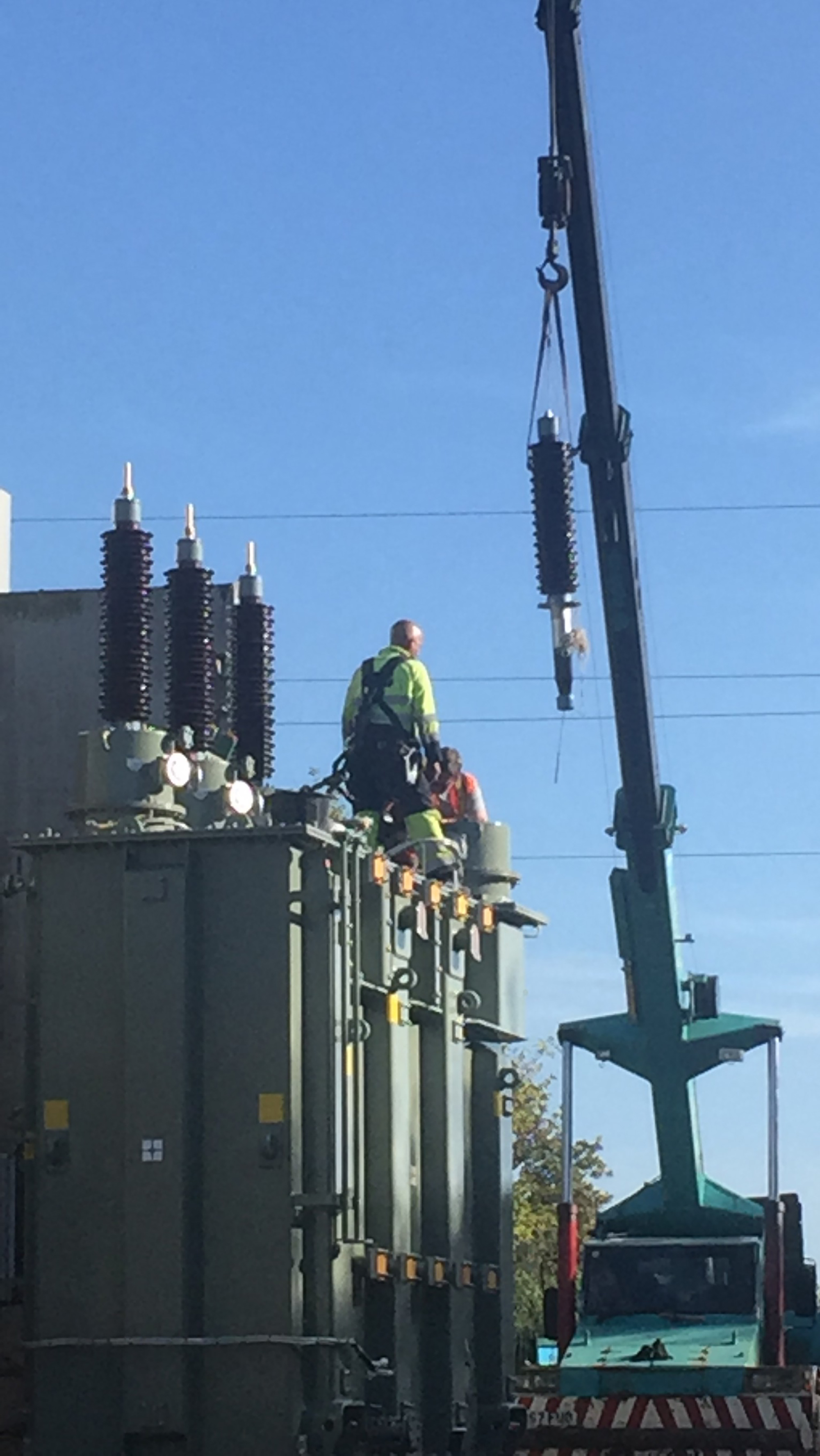
October 2016 - Installing the voltage regulator
Two Voltage Regulators built by ABB in Vassa, Finland, arrived at St Remy des Landes for the final complex connections to be completed.
N1 began importing power to Jersey on 1 December 2016.
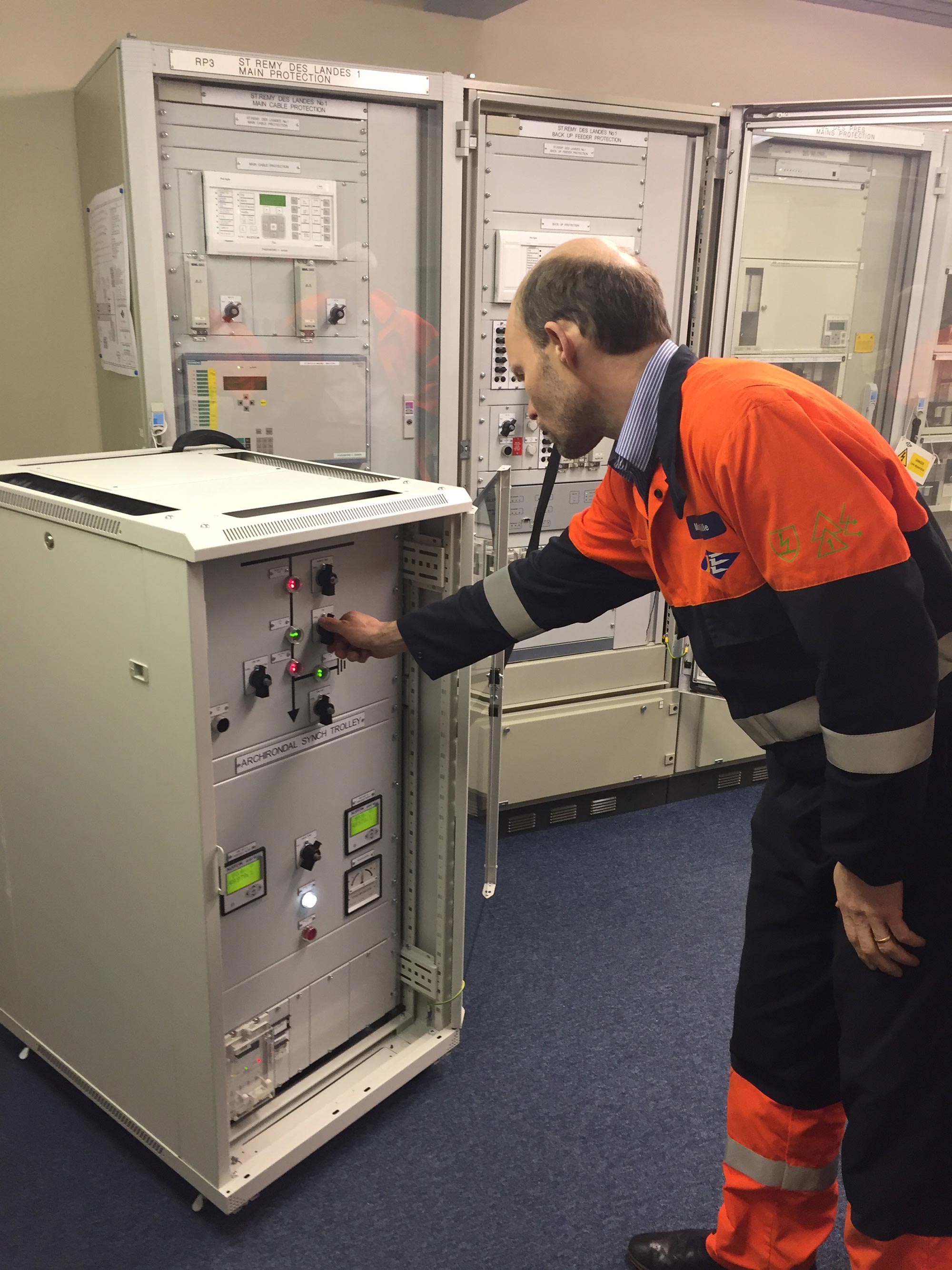
A successful forward step in our subsea cable investment programme
The successful installation of N1 represented the next step in our subsea cable investment programme. Now with three cables on two different routes, N1 provides another significant enhancement to supply security.
When combined with our existing N2 and N3 cables, N1 gives the Channel Islands access to 245MW of import capacity.
At the cost of around £30m, shared with Guernsey Electricity (GEL) and overseen by the Channel Islands Electricity Grid (CIEG), N1 was less costly than N3 because it follows the same route as our first French link, EDF1, laid in 1984 and decommissioned in 2012, and it connects into existing on-land infrastructure.
Also, unlike N3, which took nine weeks to install over a more southerly route, N1 took just six days because it was laid on the seabed rather than ploughed in beneath it.
More projects that may interest you
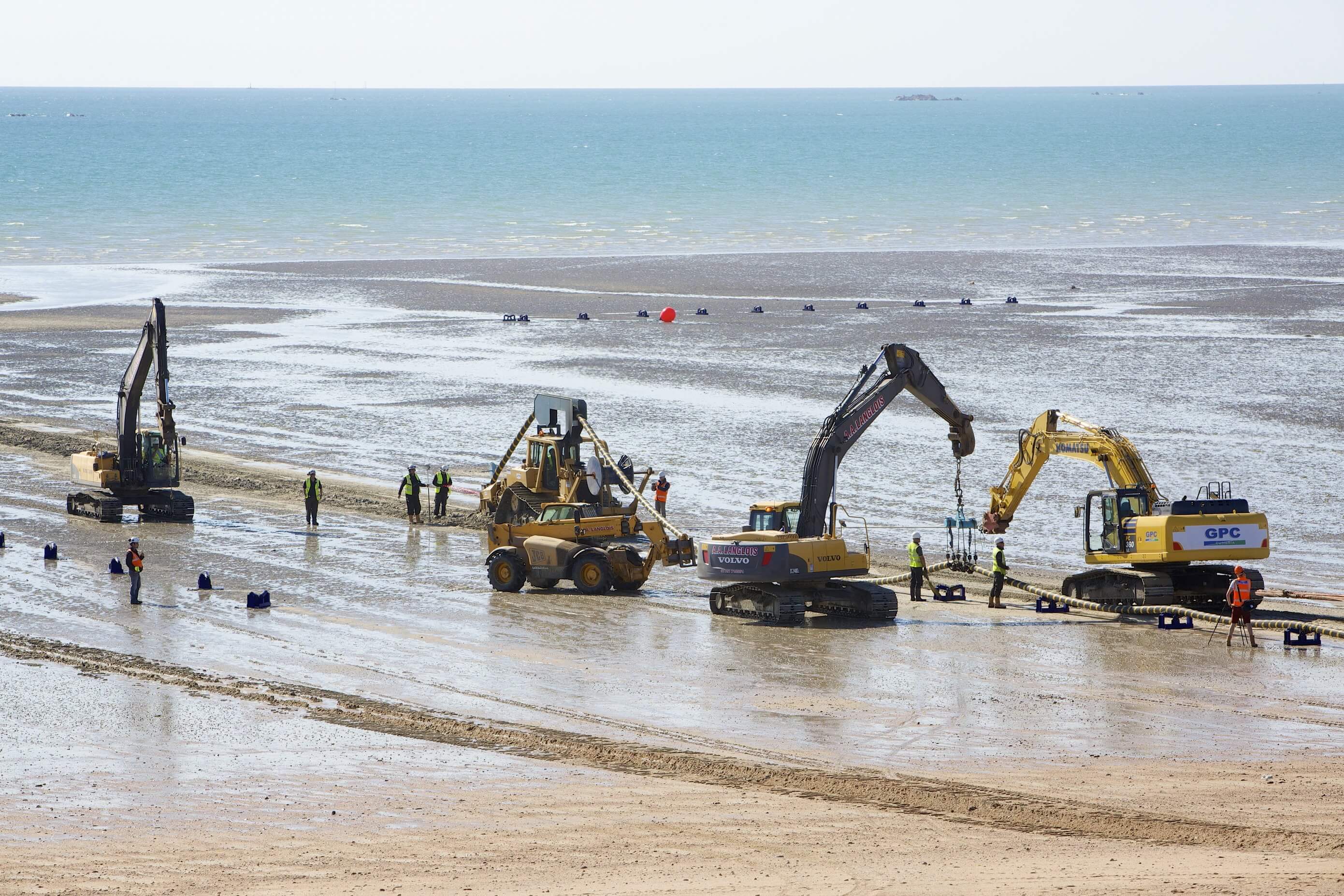
Normandie 3
Installed in 2014, Normandie 3 is an undersea cable that significantly enhanced Jersey's supply security and helped us double our import capacity of low-carbon electricity.
Learn more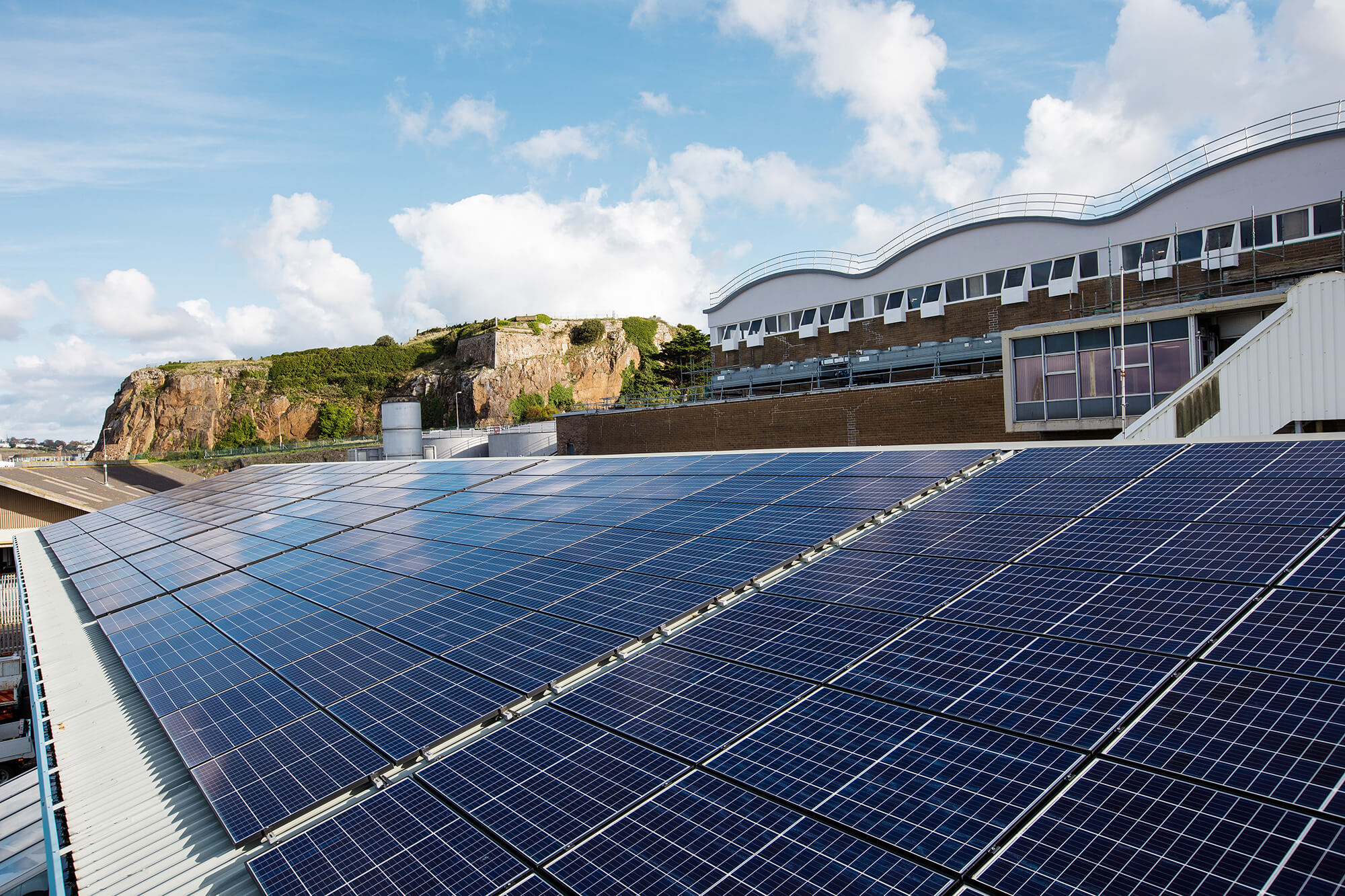
Solar PV arrays
Learn more about our renewable solar projects and why we think solar suits our Island best.
Learn more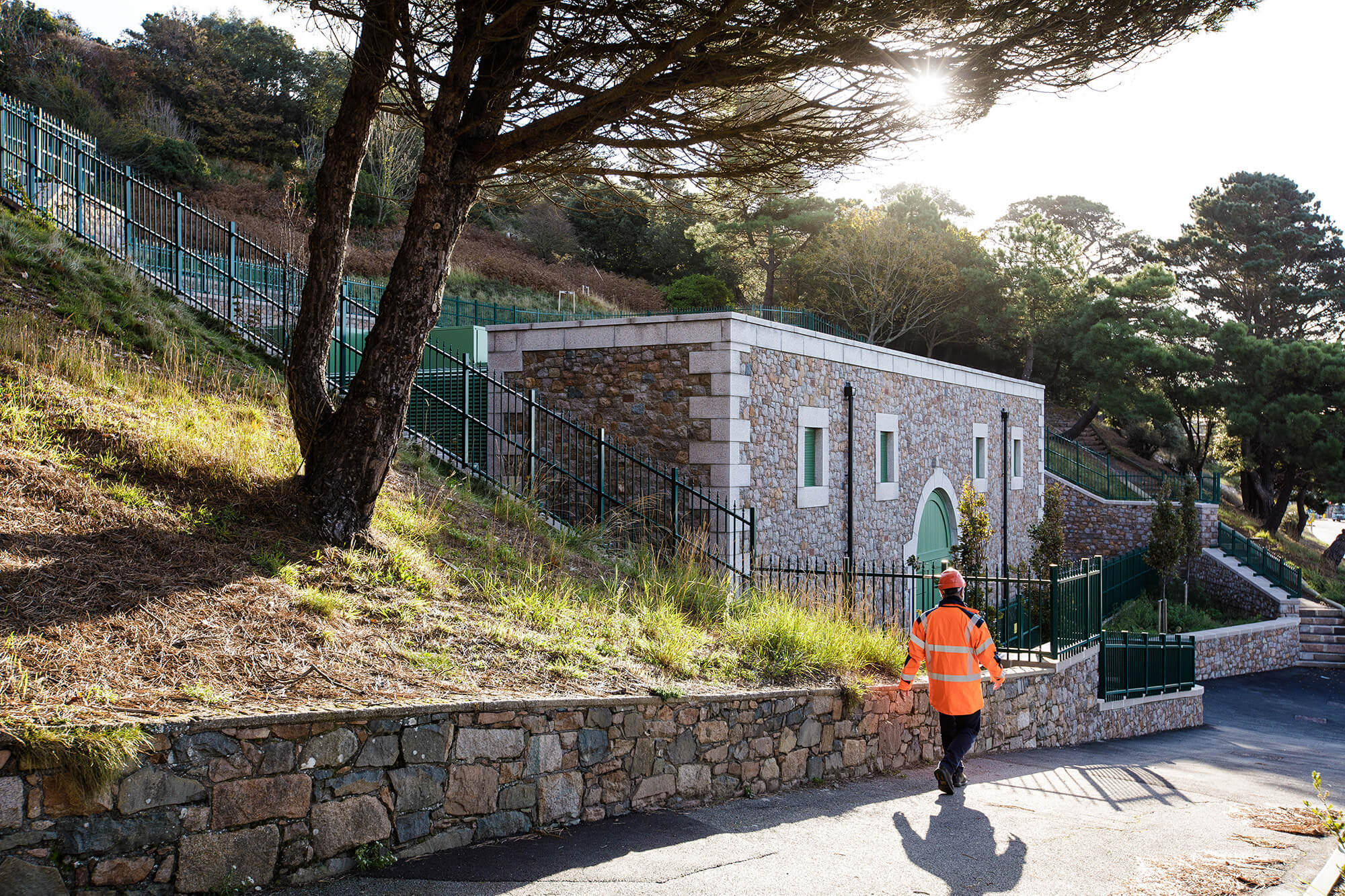
St Helier West Substation
Opened in December 2018, the St Helier West Substation secures electricity supply to 80 per cent of St Helier homes and businesses.
Learn more
